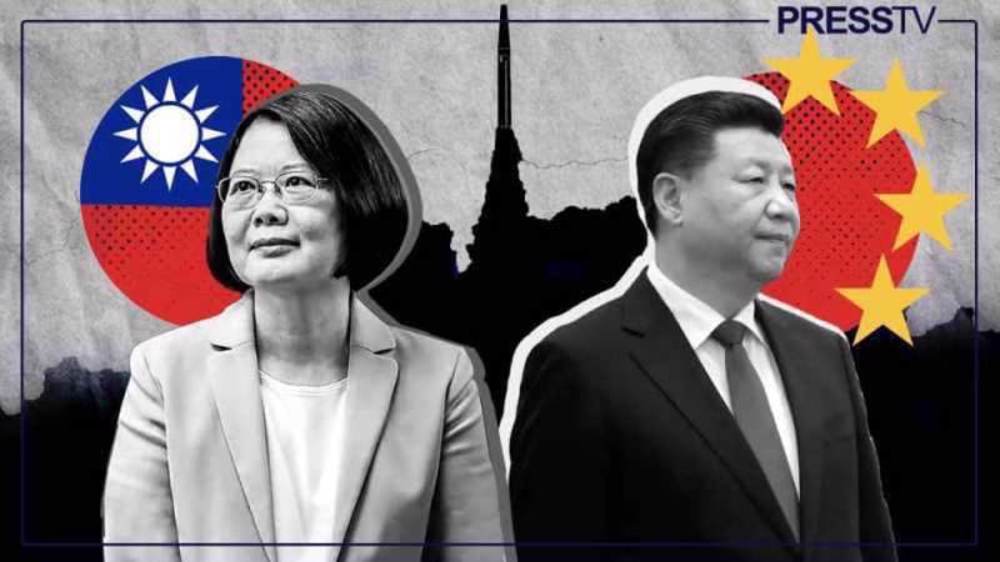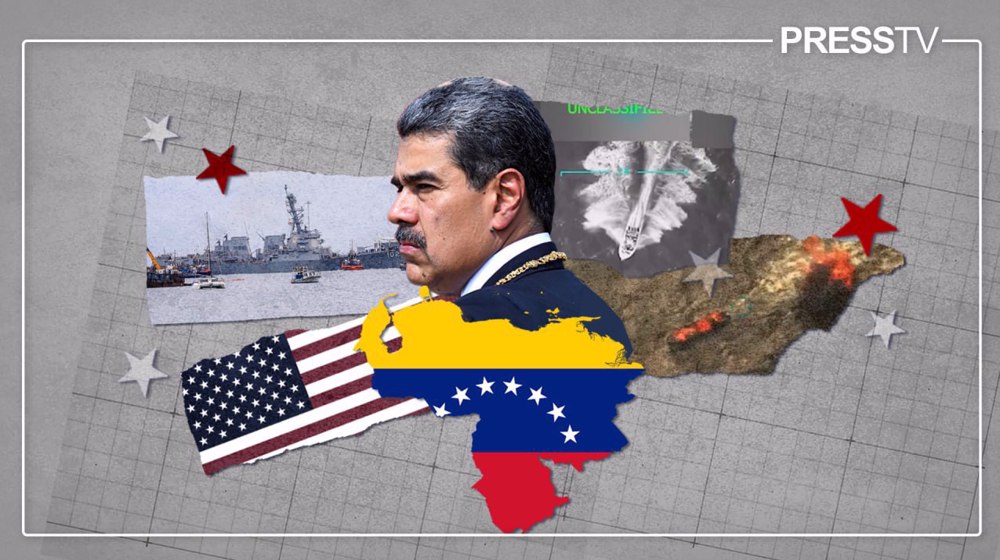Taiwan China’s buffer zone against Pacific Ocean
Mohammad Reza Jofar
The geostrategic atmosphere in the South China Sea has been tense following the visit to Taiwan by the US House of Representatives speaker, Nancy Pelosi earlier this year. This brought to the fore the issue of China’s marine embargo and Beijing’s need to access strategic straits in East Asia, which have been traditionally controlled by traditional allies of the US, including Japan, the Philippines, and Indonesia. China’s eastern and northeastern ports are limited to marine routes that go through the Sea of Japan and the East China Sea. On the south and southeast, Chinese ships have to cross Malacca and Sunda straits in the Philippines and Indonesia to access international waters. Therefore, Beijing attaches great importance to facilitating the transit of its ships, and the possible escalation of tensions between China and these countries over marine routes has been a subject of discussion by experts in geopolitics over the past two decades.
Chinese ships hitting Japanese dead end
There is an archipelago between China and the Pacific Ocean, which Beijing calls the first island chain that falls within the limits of its territory. China’s relations with its neighbors have been damaged over the ownership of more than 200 small coral islands. These sea passages provide access to some of the world’s most important shipping routes through the South China Sea. China is trying to gain control of all these passages, because it fears that at a time of heightened tensions, it may lose access to them. Japan has been a major impediment to China’s free access to the Pacific Ocean.
A look at the existing sea routes shows that when Chinese ships leave the Yellow Sea and circle the Korean Peninsula, they have to cross the Sea of Japan and La Pérouse Strait before gaining access to the Pacific Ocean. Most of this area falls within the marine territories of Japan or Russia and may be closed to China in times of heightened tension. Even if the Chinese cross that strait, they must still go through Kuril Islands to the northeast of Hokkaido, which are collectively controlled by Russia but claimed by Japan. Although China and Japan have many border disputes, their row over La Pérouse Strait is the most important one, which restricts China’s shipping in the northern and eastern waters of the country.
China trying to woo Taiwan
Taiwan, whose official name is the Republic of China (ROC), is also known as the Chinese Taipei, National China, and Formosa. It is a region in East Asia comprised of the islands of Taiwan, Penghu, Kinmen, Matsu, and a number of other small islands. All of them are located off China’s eastern coasts. Via its sea borders, this island nation neighbors the People’s Republic of China on the west, Japan on the northeast, and the Philippines on the south.
Taiwan is located below Okinawa in the South China Sea and is away from Mainland China. Chinese officials consider it as their country’s 23rd province. However, it is currently an ally of the US, and its naval and air forces are equipped with American weapons. Taiwan went under China’s ownership in the 17th century. However, in the past century, it was under China’s sovereignty only for five years – from 1947 to 1949.
According to the Taiwan Relations Act of 1979, the United States is committed to defending Taiwan in case of a Chinese attack. However, this will not be the case if Taiwan declares its independence, as a declaration of independence is considered a major provocation and will be deemed an act of war by China. Both governments strive to gain official recognition for themselves while undermining the other side’s recognition, and it is Beijing that has been mostly successful in this regard. With a population of 1.4 billion against Taiwan’s 23 million, China enjoys more powers of persuasion and geopolitical clout than Taiwan.
The Chinese do not want Taiwan to be able to vie militarily with Beijing. Instead, they have acted with soft power by increasing trade and tourism between the two countries. China plans to warmly invite Taiwan back into its arms. A soft power approach amounts to persuading the Taiwanese people that there is no reason to fear reunification with the motherland.
China’s general policy is to try to maintain good relations with most of its bordering countries so as not to allow any independence movement to be organized or supported.
What is certain is that China will never let go of Taiwan due to geopolitical reasons, because Taiwan is both a commercial and energy transit route and a buffer zone for China against the Pacific Ocean. Also, it is not unlikely that China’s failure to dominate Taiwan will trigger widespread internal unrest that will threaten the Communist Party’s influence and China’s unity, because if the Chinese government accepts Taiwan’s independence, it is possible that the suburban and marginal areas would enter into a conflict with the central government. This, in turn, would also bring the buffer zones into the conflict.
Nevertheless, in a situation where China’s military power is on the rise, Taiwan and the United States will show less desire for a military conflict. For Beijing, Taiwan is a small threat that can be managed. Now that China is the second largest economy in the world, it has a global advantage. Beijing has the initiative, and in the event of any sanctions or war, the United States will suffer more than any other country. While the European Union was the main victim of the sanctions regime against Russia, the situation is completely different in the case of China. Moreover, the international community will not be able to take the brunt of sanctions against China. China views Taiwan through a geopolitical security lens, and they would naturally assume that the Westerners are trying to harm China’s security. However, China’s security will not be compromised. Political geography and realities on the ground are against Taiwan’s independence.
Taiwan is strategically too important for China to tolerate its increased power and full independence. It should be noted that China will not show much flexibility in case of a blockade of the existing sea routes such as Sunda Strait, Taiwan Strait, and Malacca Strait, through which 80% of China’s energy resources pass. In case such policies are implemented, an all-out crisis will occur in the South China Sea. Beijing intends to dissuade its neighbors from getting close to the United States and change the opinion and method of the United States as well. China intends to become the main power in both the Pacific and Indian oceans. Therefore, it is investing in deep water ports in these regions – an investment that would bring China closer relations, trade connections, and the possibility of friendly bases in other countries for naval deployment.
Therefore, if the situation against China escalates, it is not expected that we will witness a full-scale war, but there is a possibility of Chinese military maneuvers or a brief conflict in the South Sea and in various locations along the water and land borders of this country with the aim of warning its neighbors.
Mohammad Reza Jofar is an expert in geopolitics.
(This article was written originally in Persian and translated to English by Press TV staff. The views expressed in this piece do not necessarily reflect those of Press TV.)
BBC bars use of ‘kidnapping’ to describe Maduro’s kidnapping
VIDEO | International cartoon, poster contest 'Online Terror' unveiled in Tehran
VIDEO | Venezuela installs interim president after US kidnapping of Maduro
Iran FM urges world, UN to voice decisive opposition to attack on Venezuela
Sanctions slow Iran’s 5G expansion despite growth in network rollout
VIDEO | Chinese, South Korean presidents hold summit amid global outcry against US
Israel pushes to keep Gaza closed to foreign media
VIDEO | Militant escape and assassination attempt signal worsening security in eastern Yemen










 This makes it easy to access the Press TV website
This makes it easy to access the Press TV website